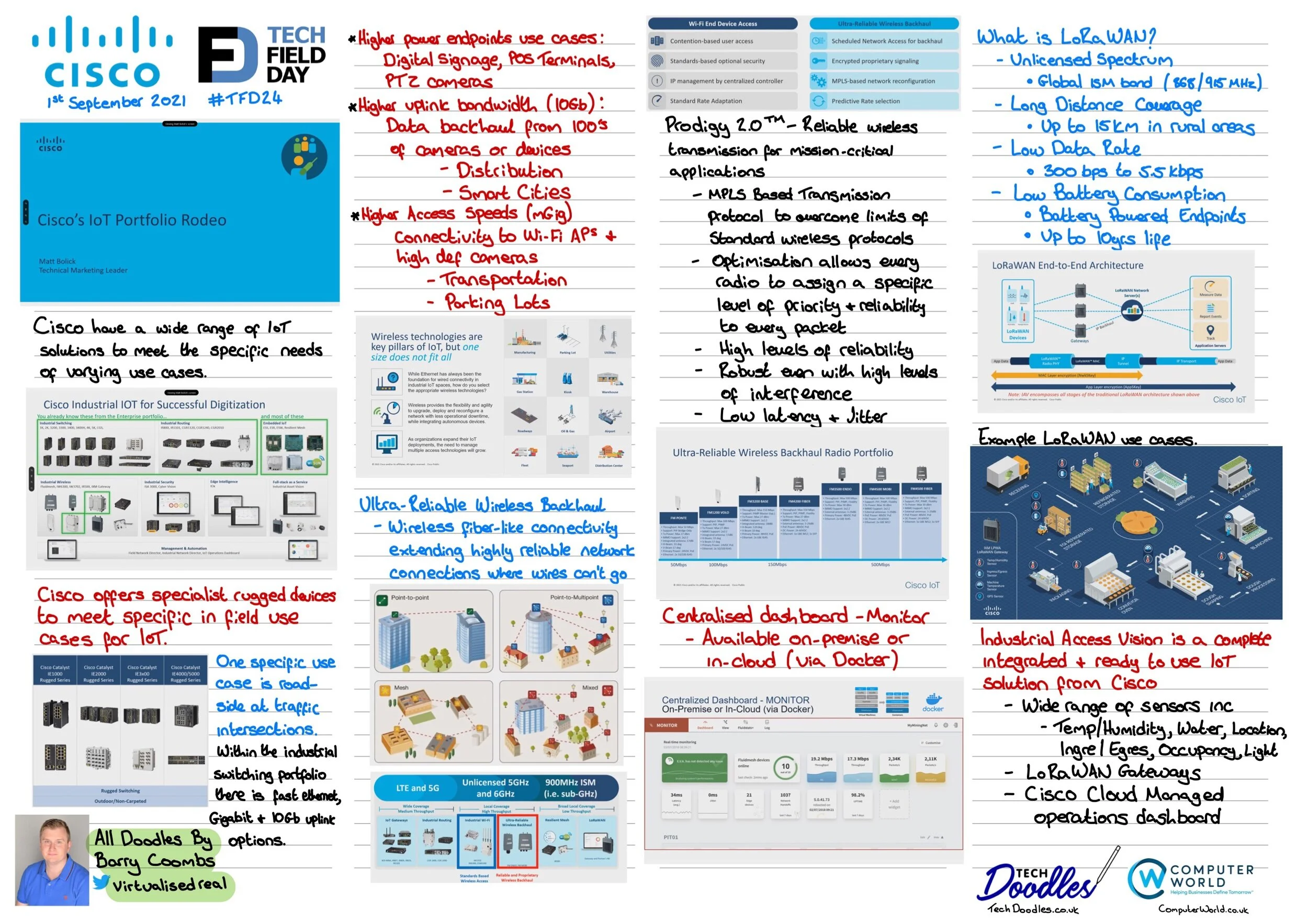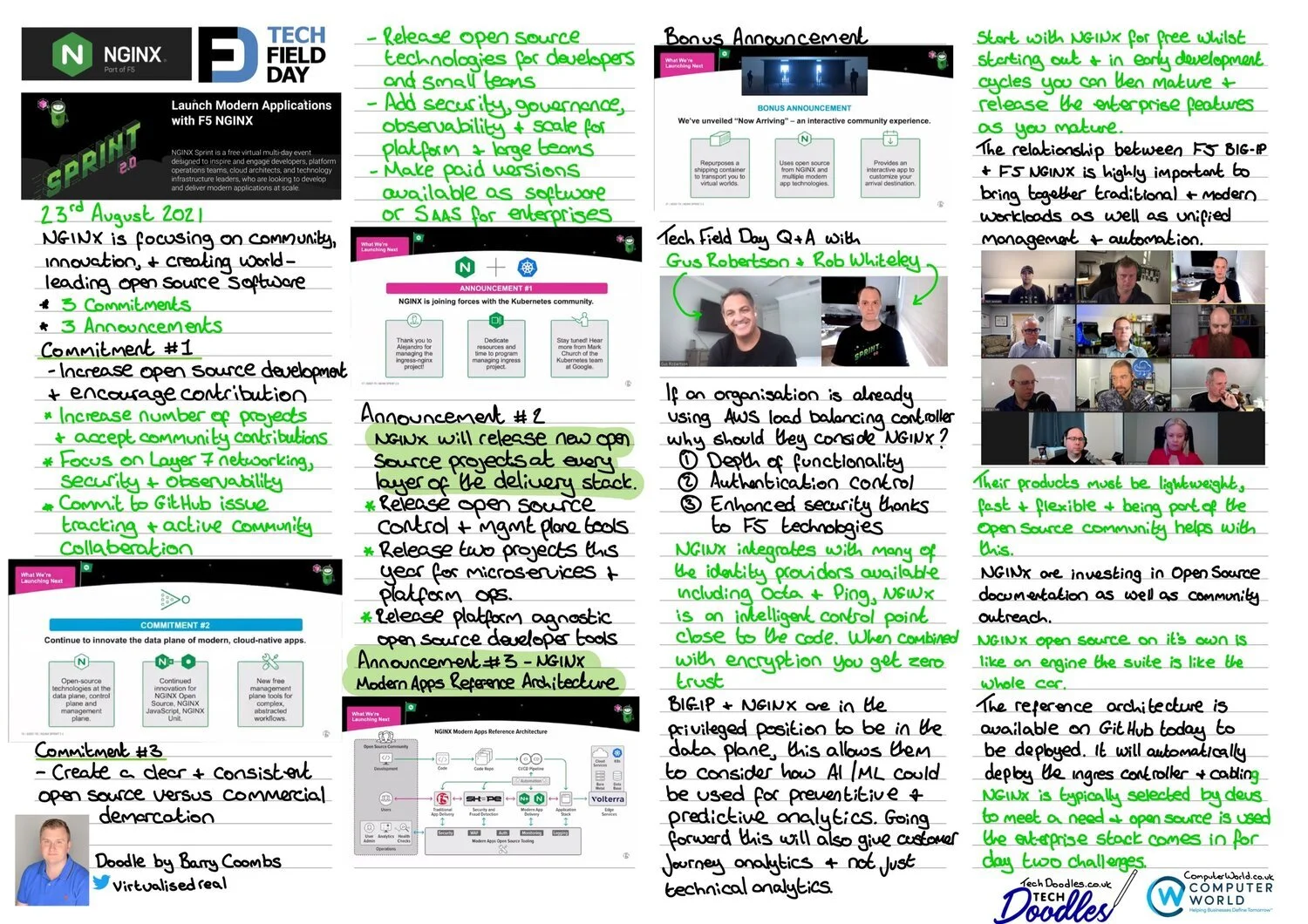Dell Tech World 2022 was important for two reasons. First, this was the first Dell Tech World since the spin-off of VMware. Second this was one of the first major in person tech conferences since the start of the COVID pandemic.
I didn’t make it out to Vegas this year but tuned in online, after all we are now in the era of flexibility and freedom. Attend any major conference, from anywhere and on any device or something like that.
As a long time, VMware vExpert, Dell Partner and Technologist, keeping up to date with what is going on in the world of infrastructure is of high importance to me.
There were several themes covering Dell Tech World 2022, these being flexible and hybrid working, multi-cloud, cyber protection or resilience and the power of data.
During Michael Dell’s Monday keynote, he spoke about the on-prem / off-prem debate being over. He said that the future is in multi-cloud with data flowing seamlessly across.
90% of customers already have workloads on-premises and in public clouds and 75% are using three or more clouds
Michael Dell – Dell Tech World 2022 Keynote
Dell wants to be the leader in multi-cloud and at the edge. He spoke about the rise in use cases such as IoT and highly automated environments requiring new edge computing solutions near the source of the data. This is an area Dell will be able to excel in due to their hardware offerings and close relationship with VMware despite the spin-off.
10% of data today is processed outside of datacentres, but by 2025 75% of enterprise data will be processed at the edge.
Michael Dell – Dell Tech World 2022 Keynote
However due to this growth in data, Michael Dell explained that the attack surface will also be bigger for cyberattacks.
Ransomware attacks are the #1 threat for most organisations and are occurring every 11 seconds. With an average cost of $13m per occurrence.
Michael Dell – Dell Tech World 2022 Keynote
Dell have been innovating in these spaces and desire to create an end-to-end integrated path. What really stood out for me at Dell Tech World was many of the big announcements were all about services or software. Dell, a well-known hardware giant is certainly investing a lot in these areas to be relevant in this multi-cloud as-a-service world.
Central to this is Dell APEX, Dell’s as-a-Service portfolio. Michael Dell spoke about APEX being focused on business outcomes and being accessible to developers. APEX was announced last year at Dell Tech World as a companywide transformation to as-a-Service. Chuck Whitten spoke of the principles of APEX being simplicity, agility and control in the multi-cloud world.
Previously announced within the APEX portfolio was APEX Cloud Service with VMware Cloud and APEX Backup Services.
At Dell Tech World ‘22 we saw the announcement of APEX Cyber Recovery Services with the promise of further APEX services to come including high-performance computing, machine learning operations, VDI and more.
APEX Cyber Recovery Services is run and managed by Dell, offering a secure immutable cyber recovery vault for workload replication. Customers should be able to be reassured of their ability to recover from a cyberattack whilst benefiting from being able to offload the day-to-day tasks to Dell.
But the innovation towards multi-cloud didn’t end there. There were announcements from both the data protection and storage divisions further embracing integration with the public cloud.
CyberSense for AWS – Uses adaptive analytics, machine learning and forensic tools to detect, diagnose and help with cyber recovery operations. Dell say this will allow you to diagnose and recover quickly within AWS.
PowerProtect Cyber Recovery for Azure – Available from the Azure marketplace next month, this will allow you to isolate and protect workloads from ransomware attacks. You will get an isolated data centre environment via an isolated recovery vault. Data is replicated from production with minimal access for data protection. When it comes to recovery you can recover on-premises or within Azure.
Also demonstrated at the conference was Project Alpine. Project Alpine offers Software Defined Storage capabilities to expand Dell’s storage portfolio to the cloud. Demonstrated was the ability to connect storage from a PowerStore device to the public cloud. Google Cloud, Azure and AWS were shown on screen during the demo.
The final big announcement was regarding a partnership with Snowflake, a cloud data platform vendor. With this partnership users of Dell’s object storage will be able to move data to Snowflake’s cloud platform for analytics and warehouse capabilities. Secondly, you will be able to leverage snowflakes capabilities on-premises without the need to move the data.
For me, Dell Tech World is a positive step in the right direction for Dell. They are wanting to maximise their capabilities and reach with their hardware solutions by embracing the public cloud with their software solutions and services capabilities. For me it now all comes down to the execution and how we see these solutions being delivered and utilised by the customers. I look forward to seeing the Project Alpine and the APEX solutions in action.


































